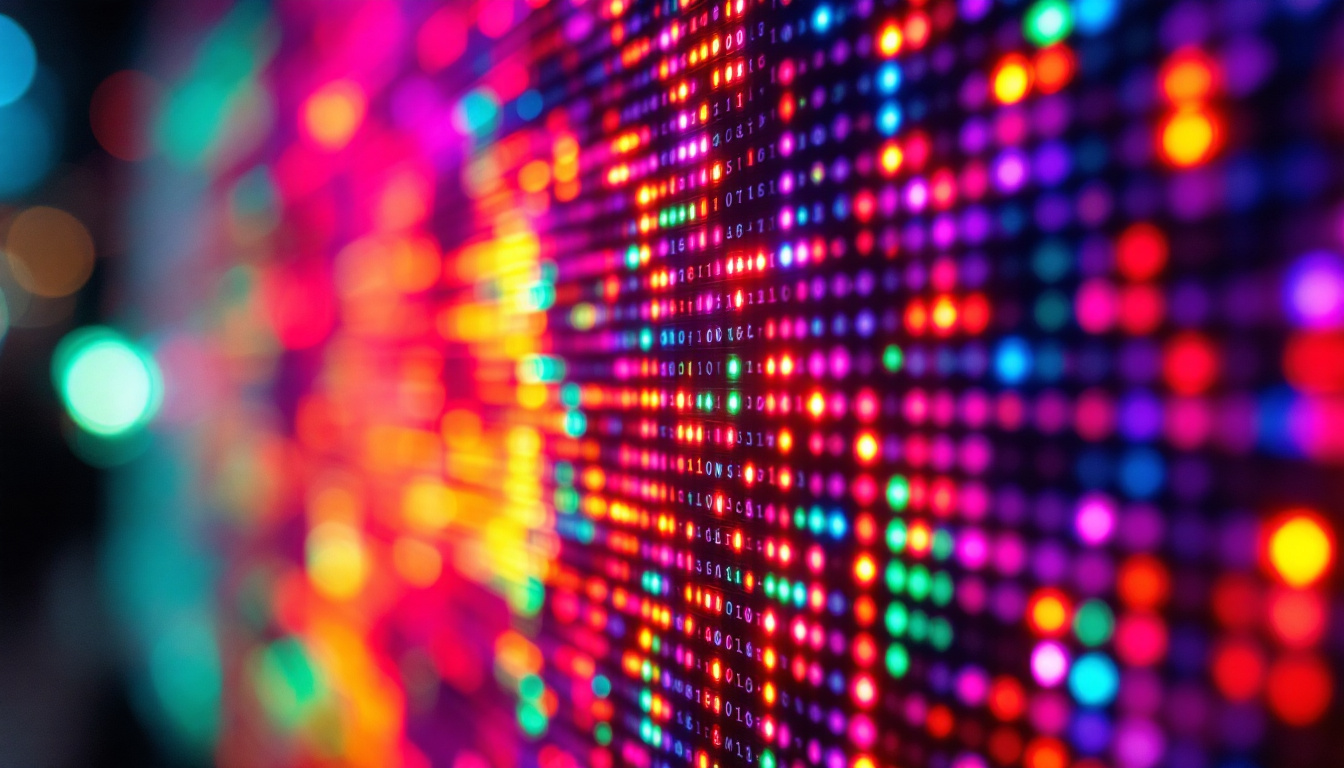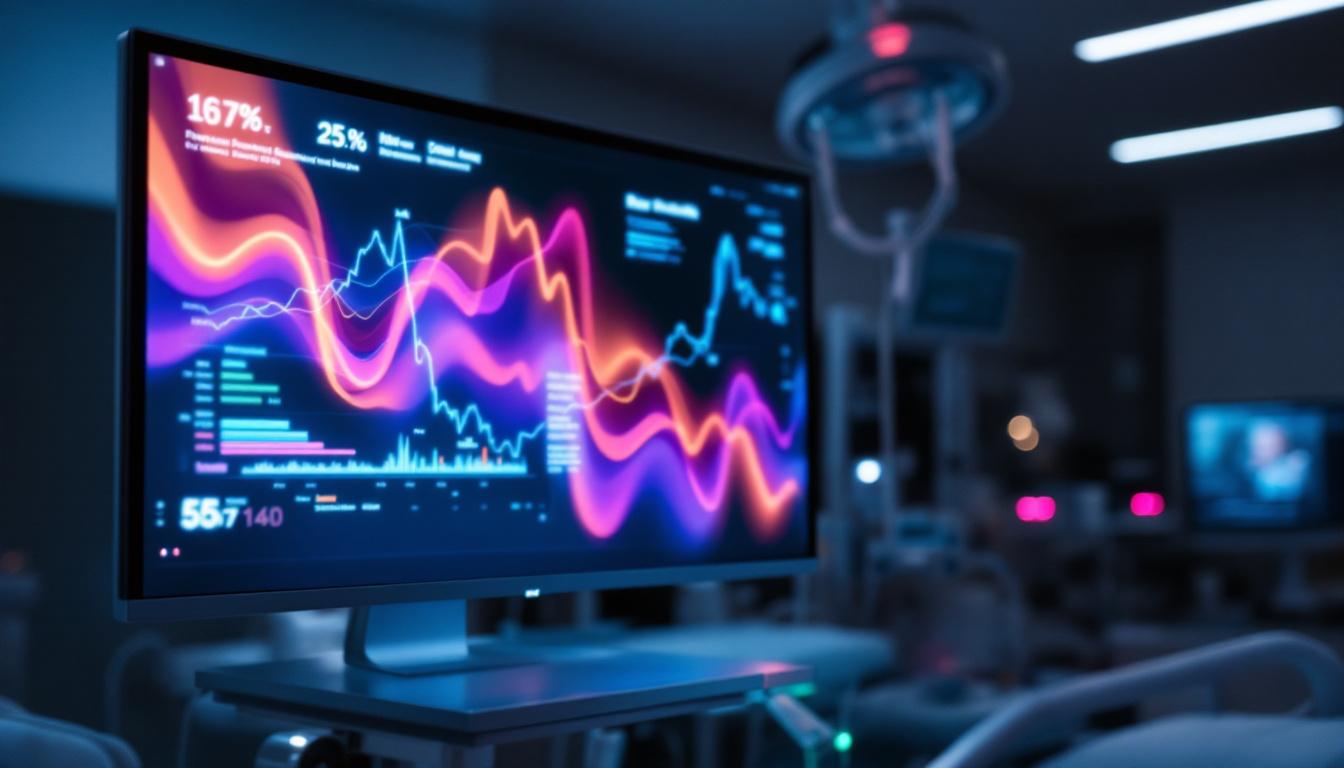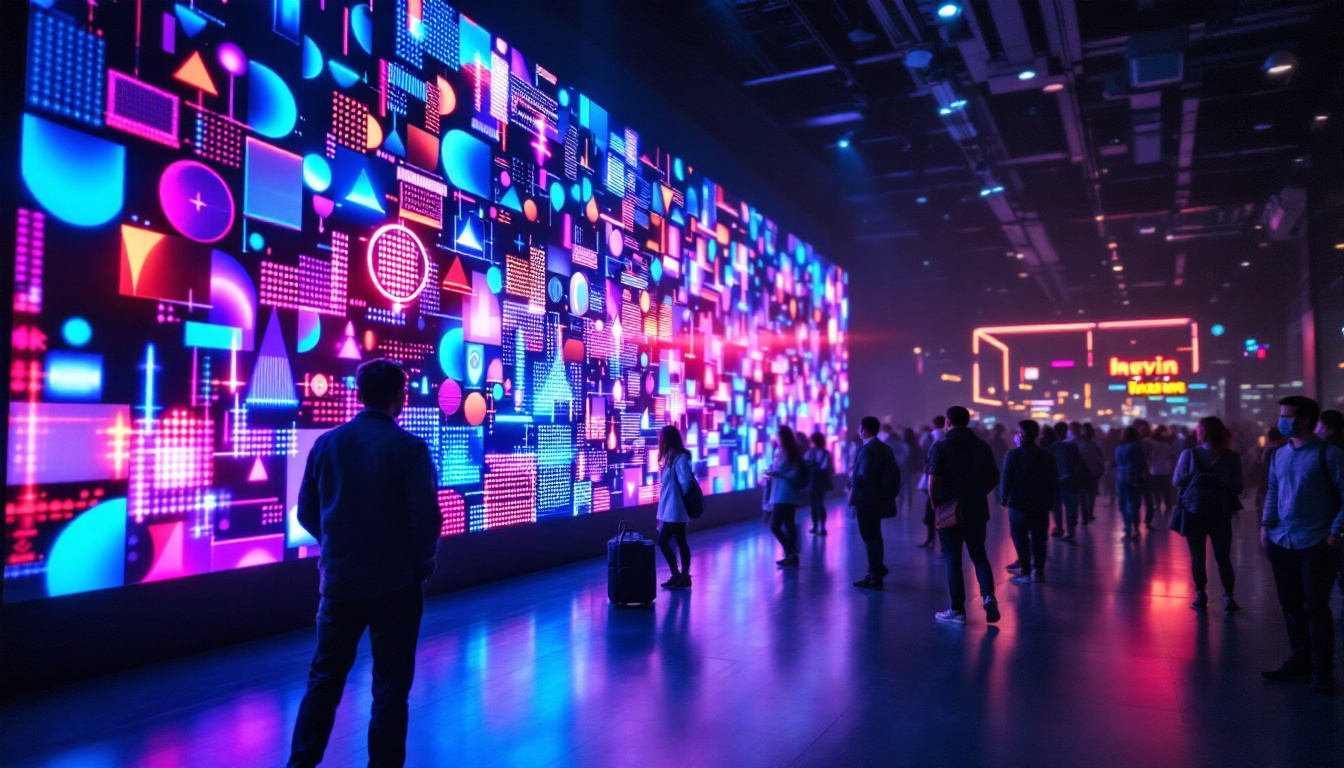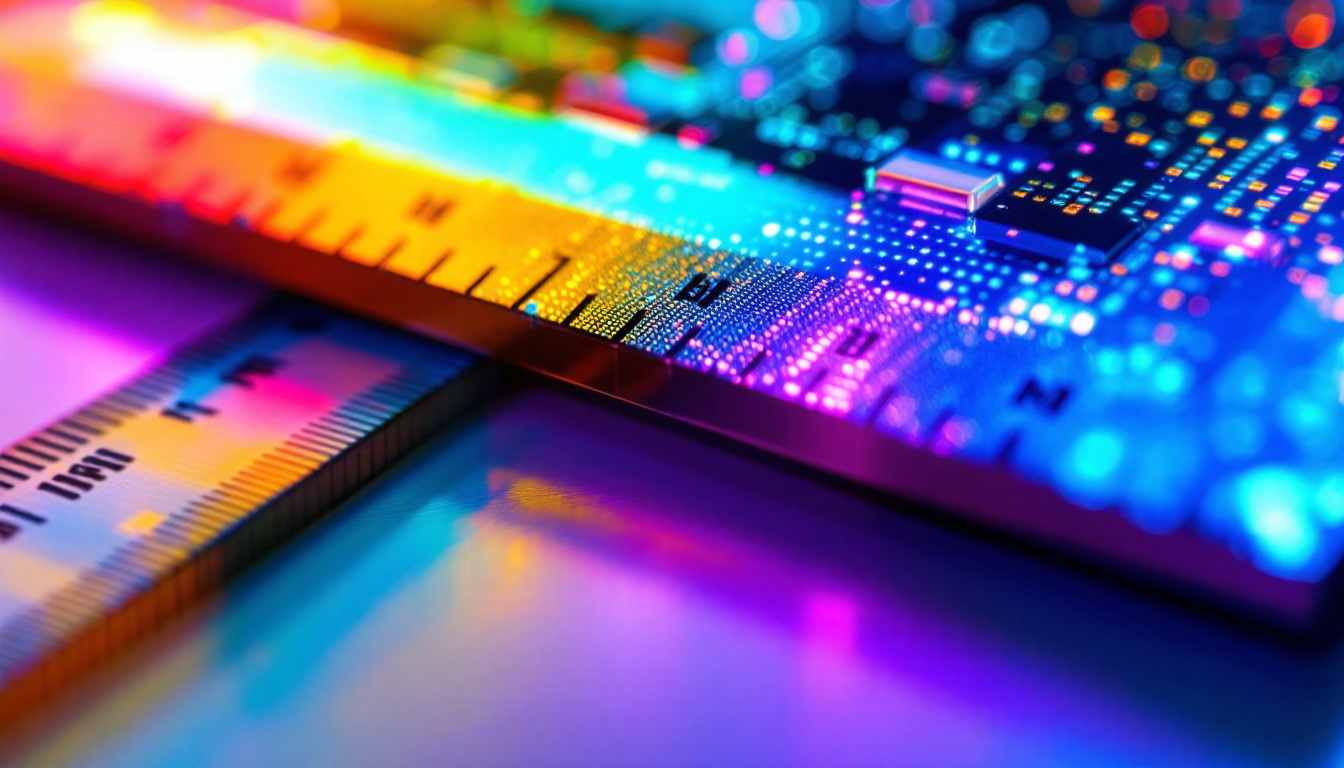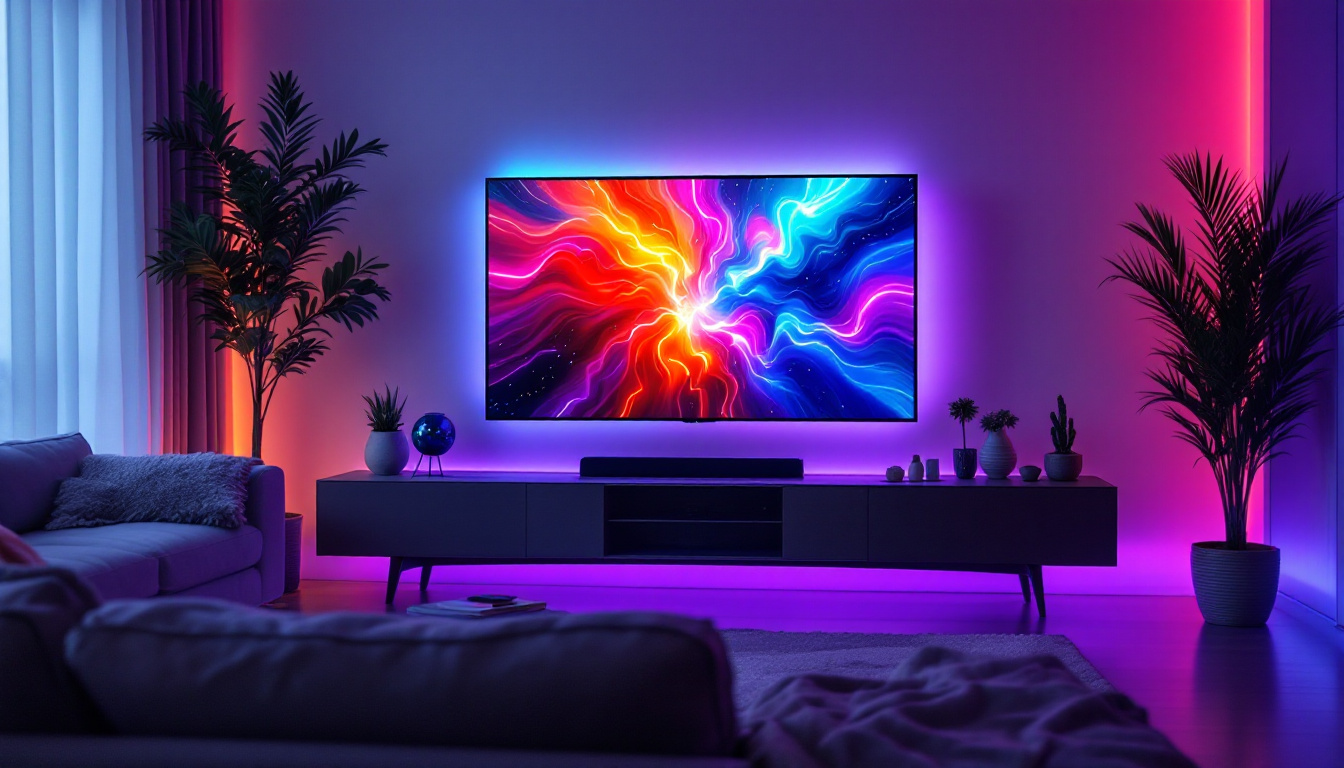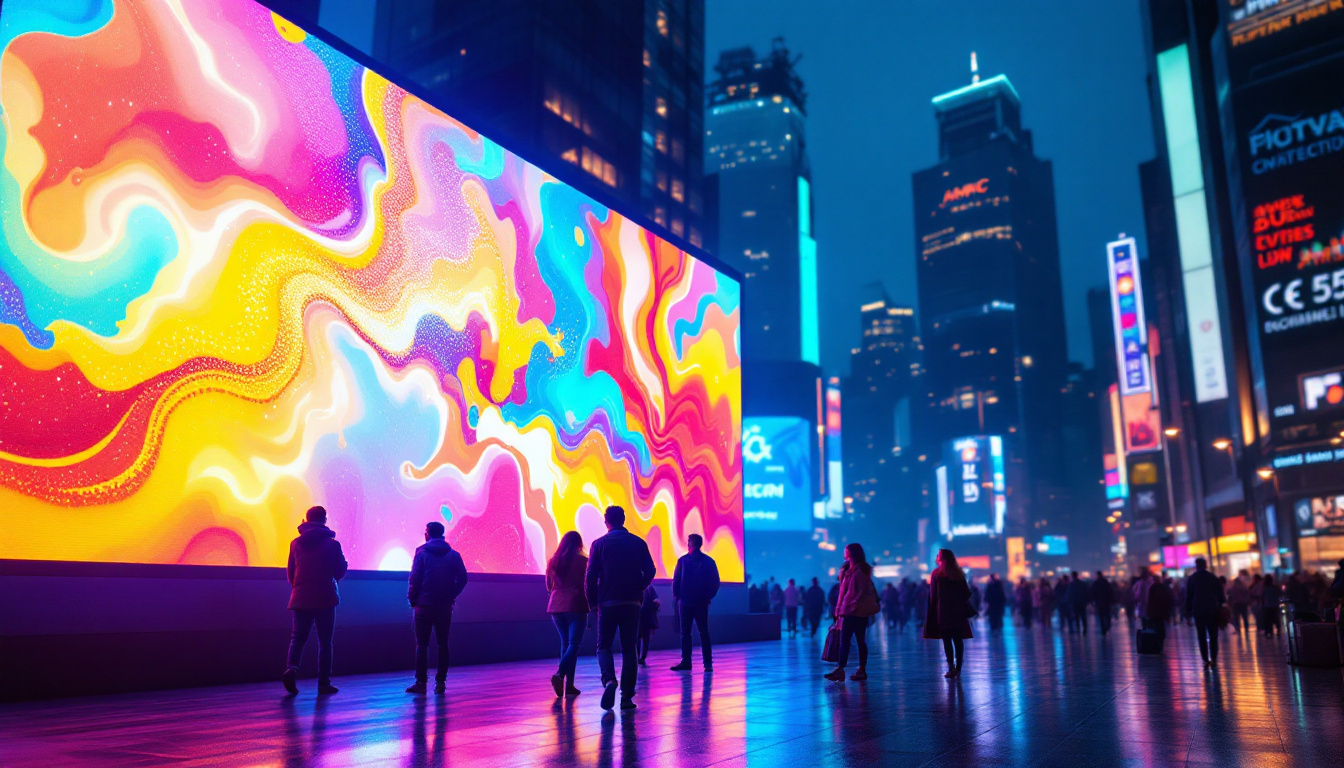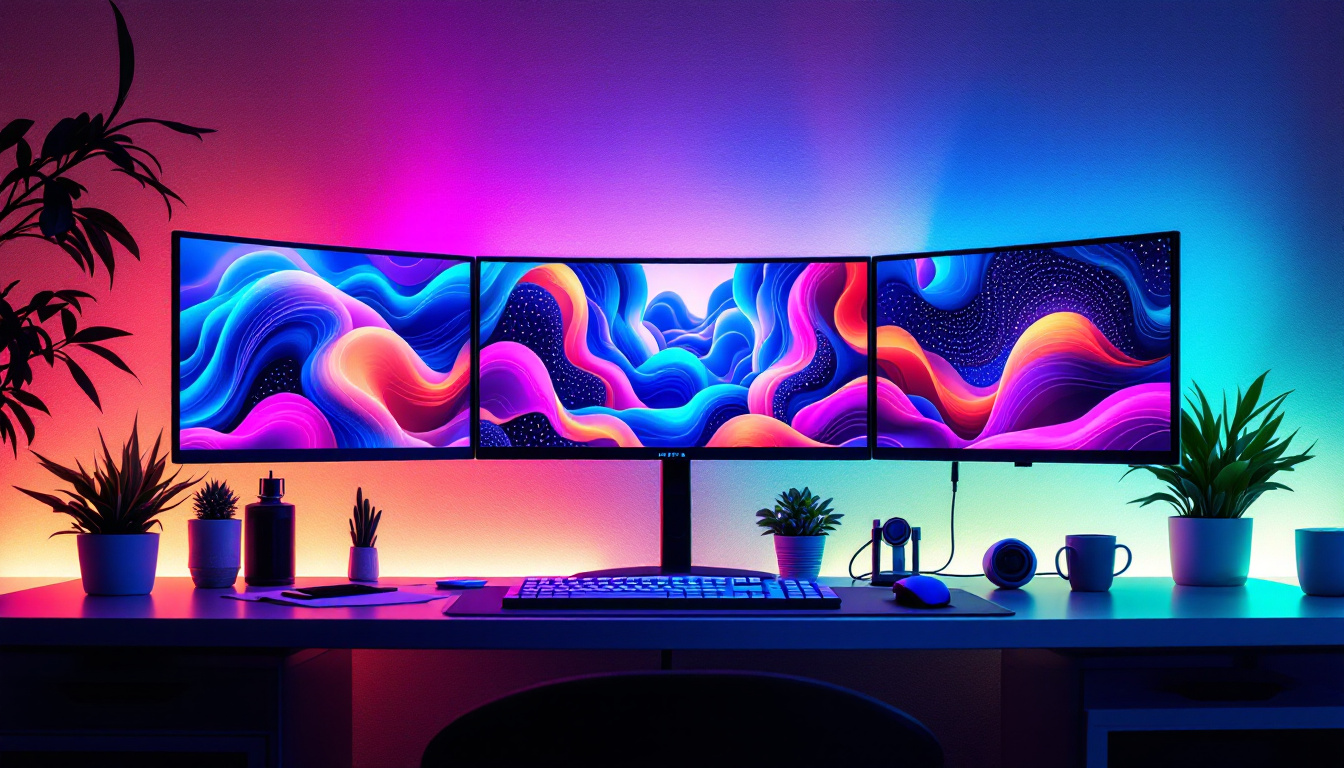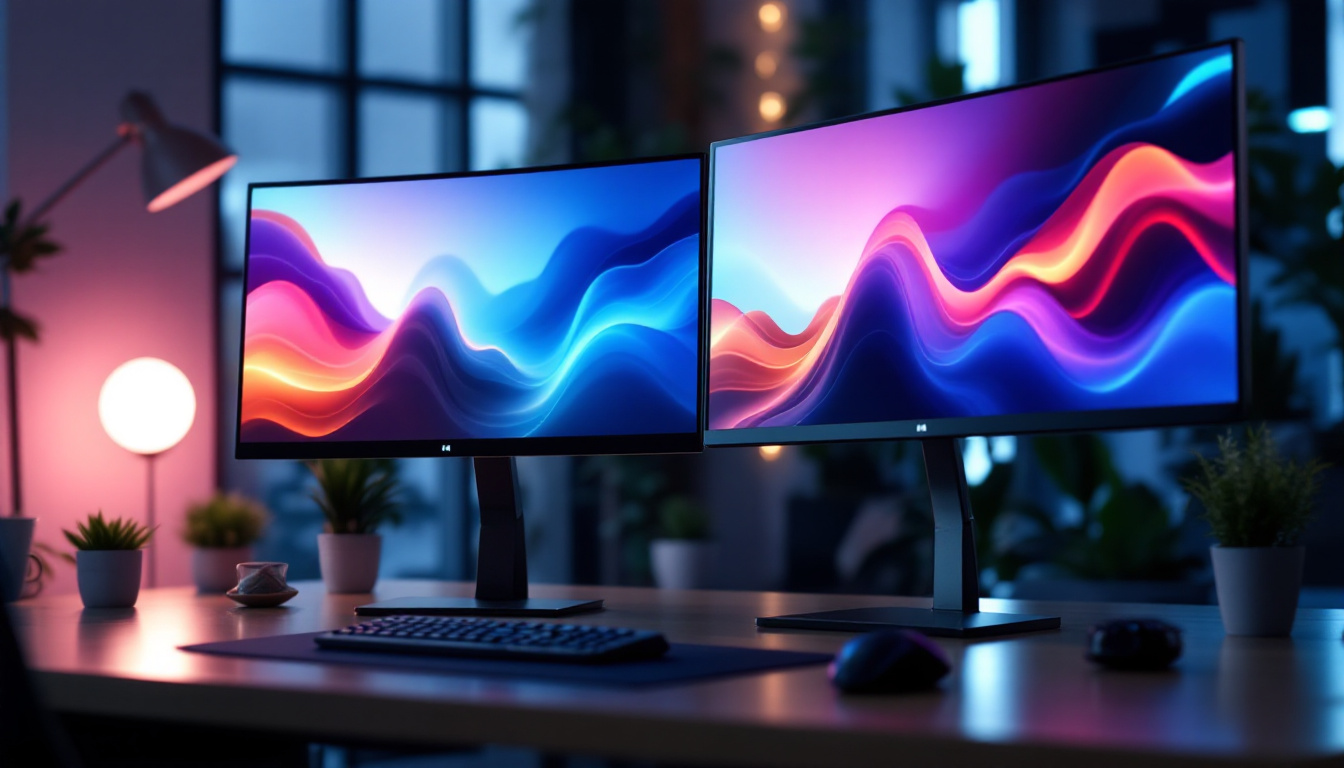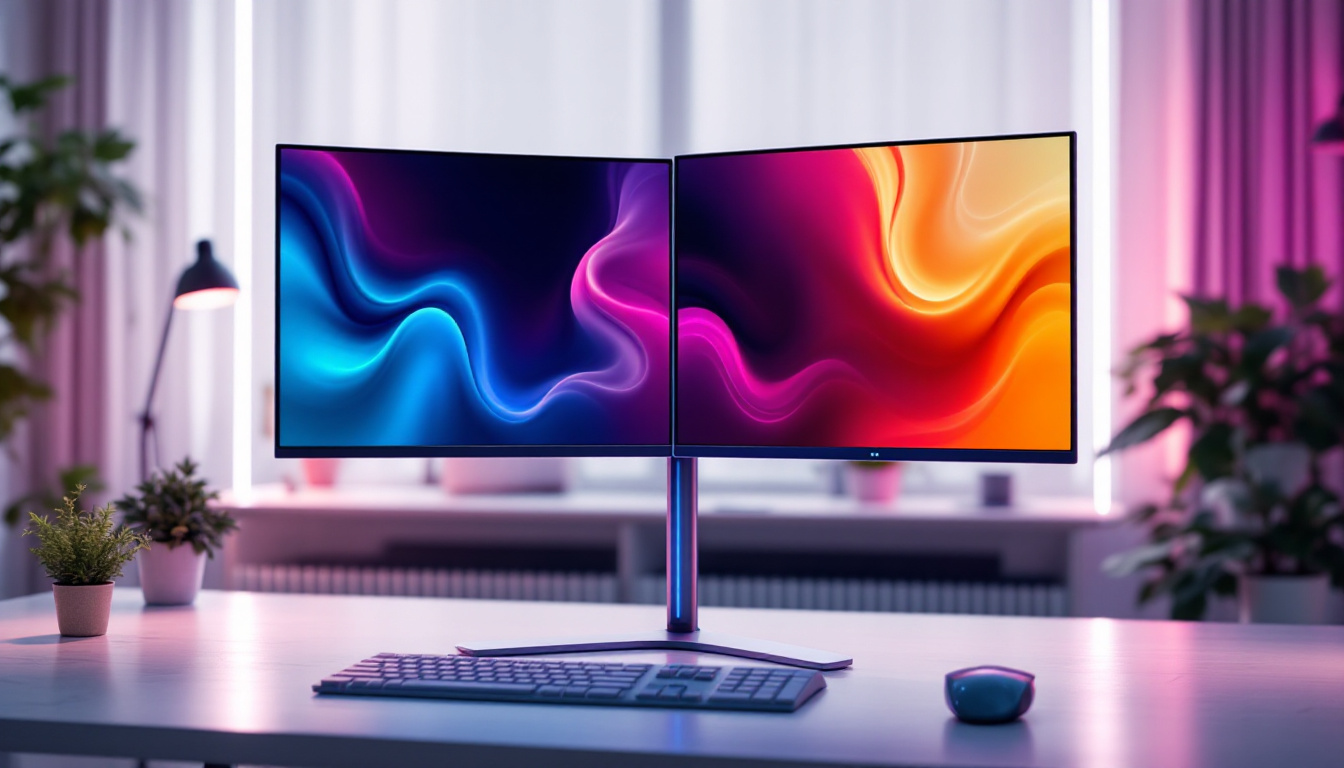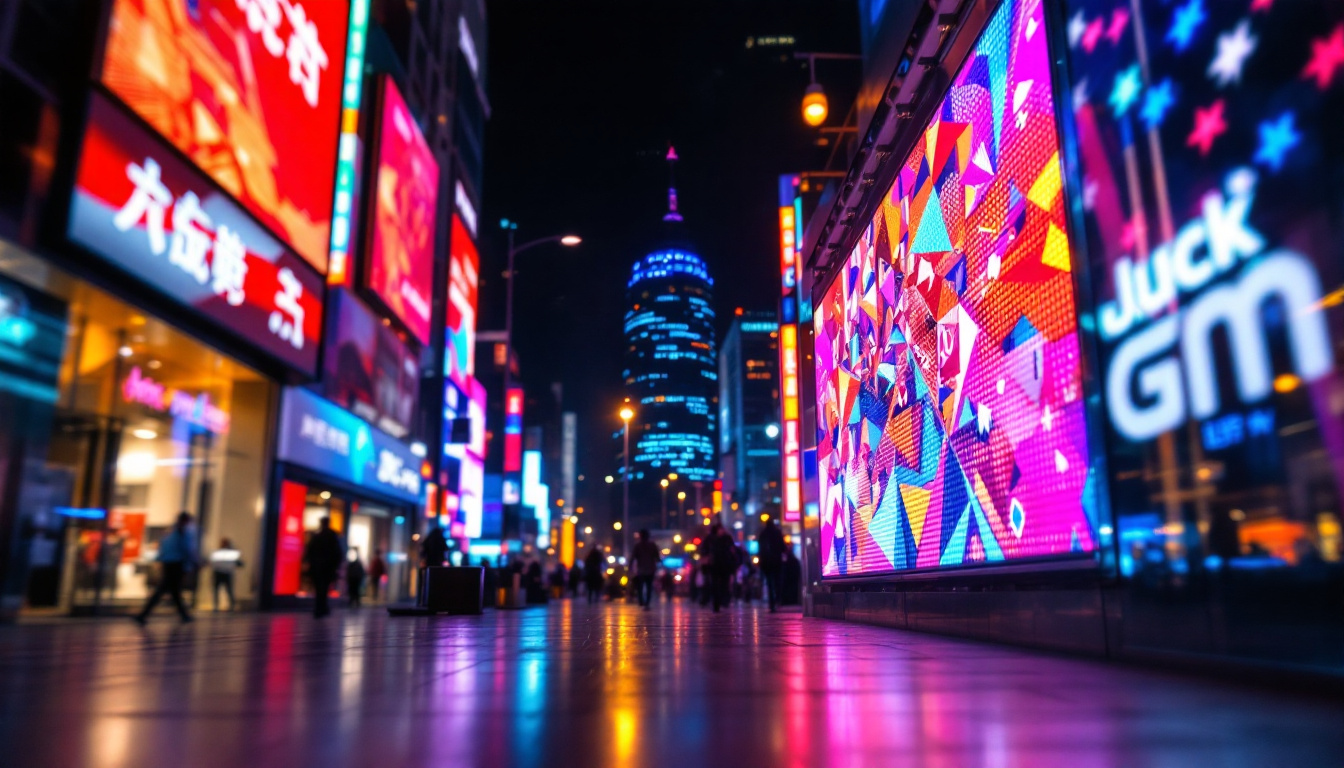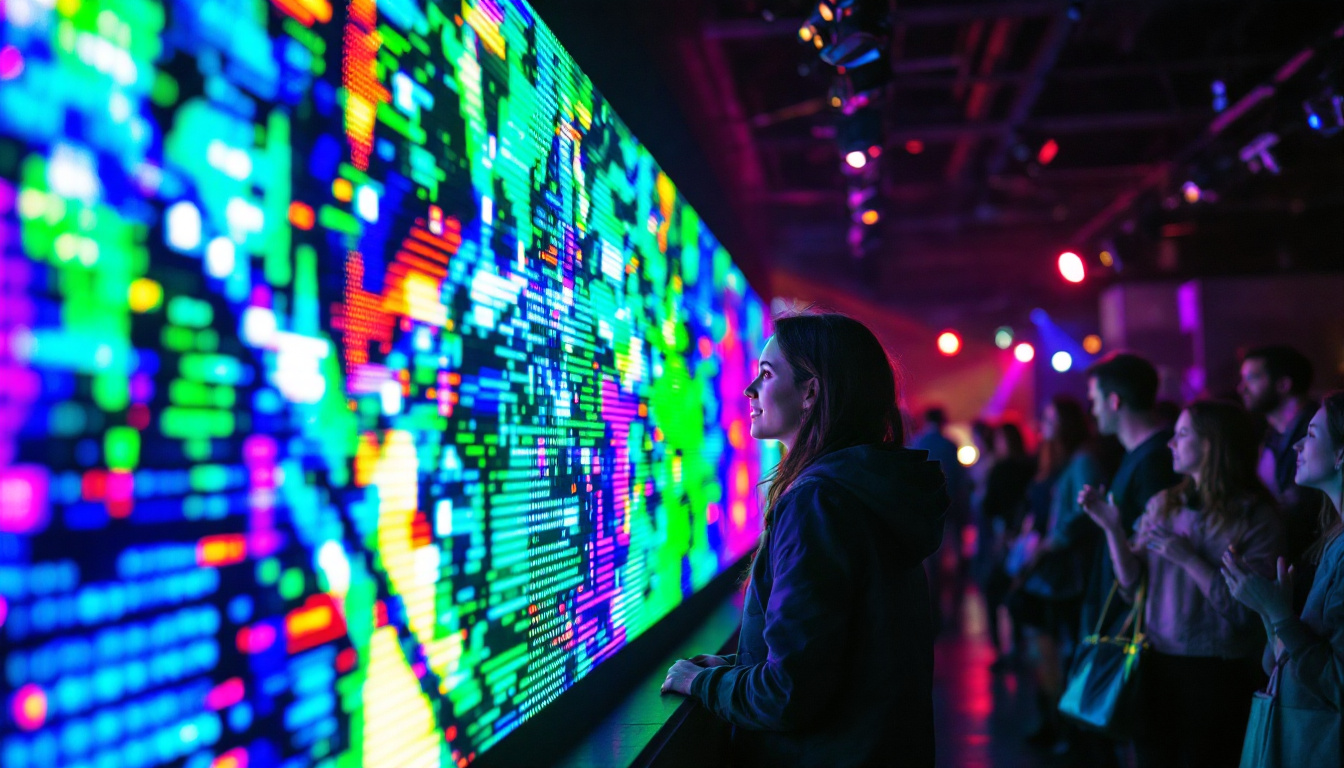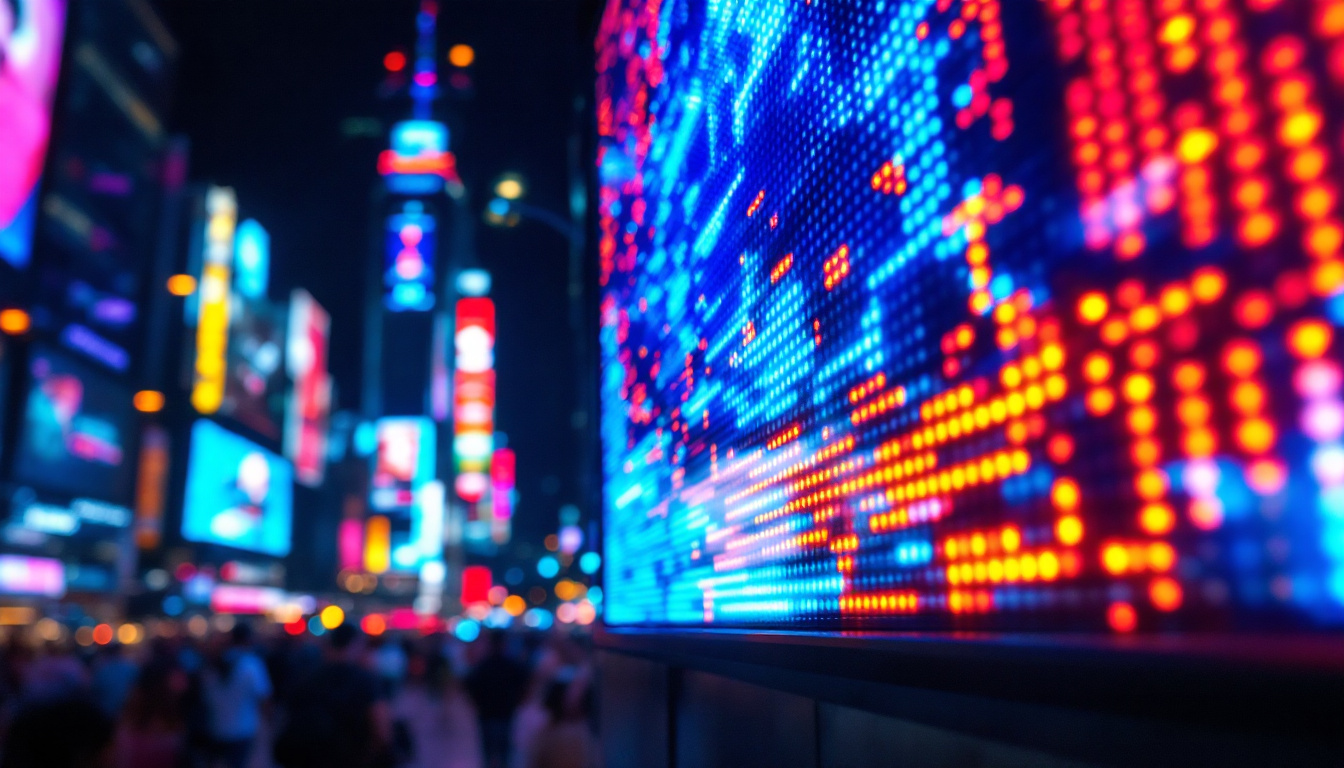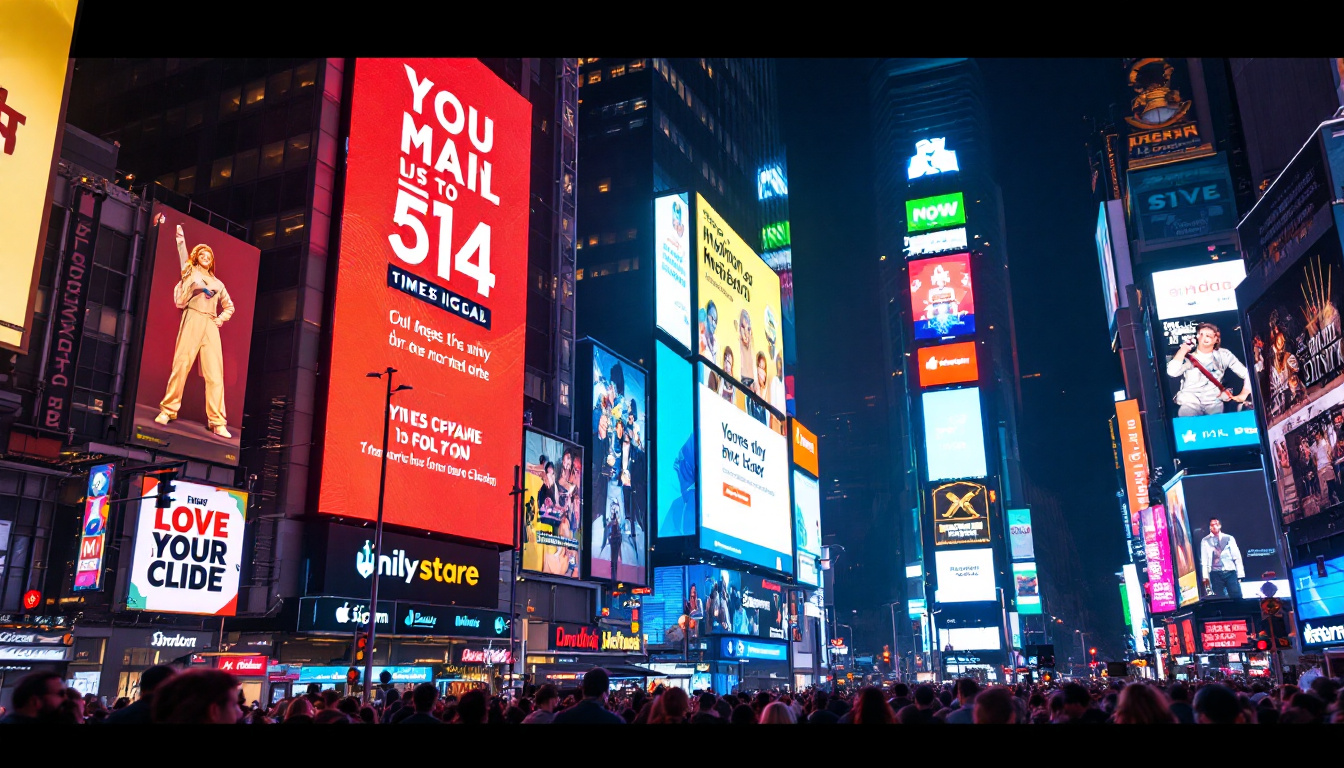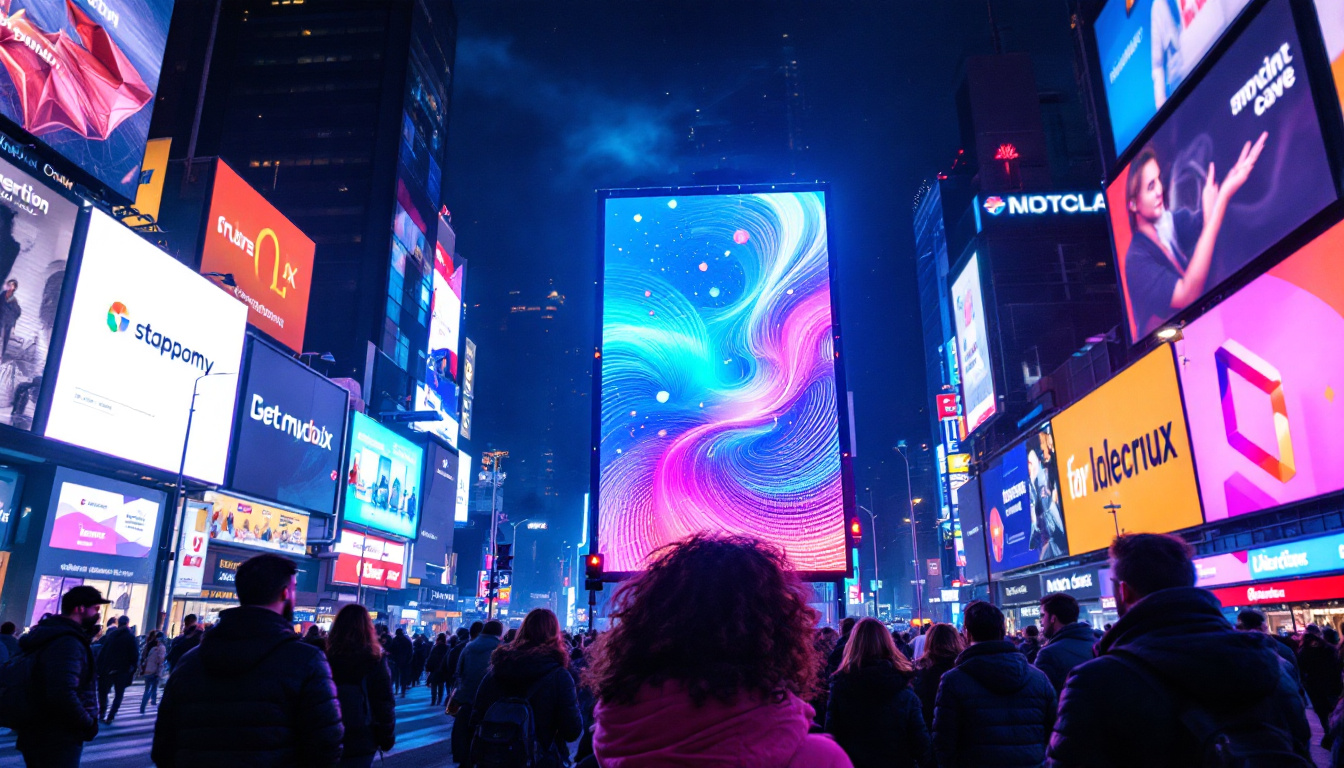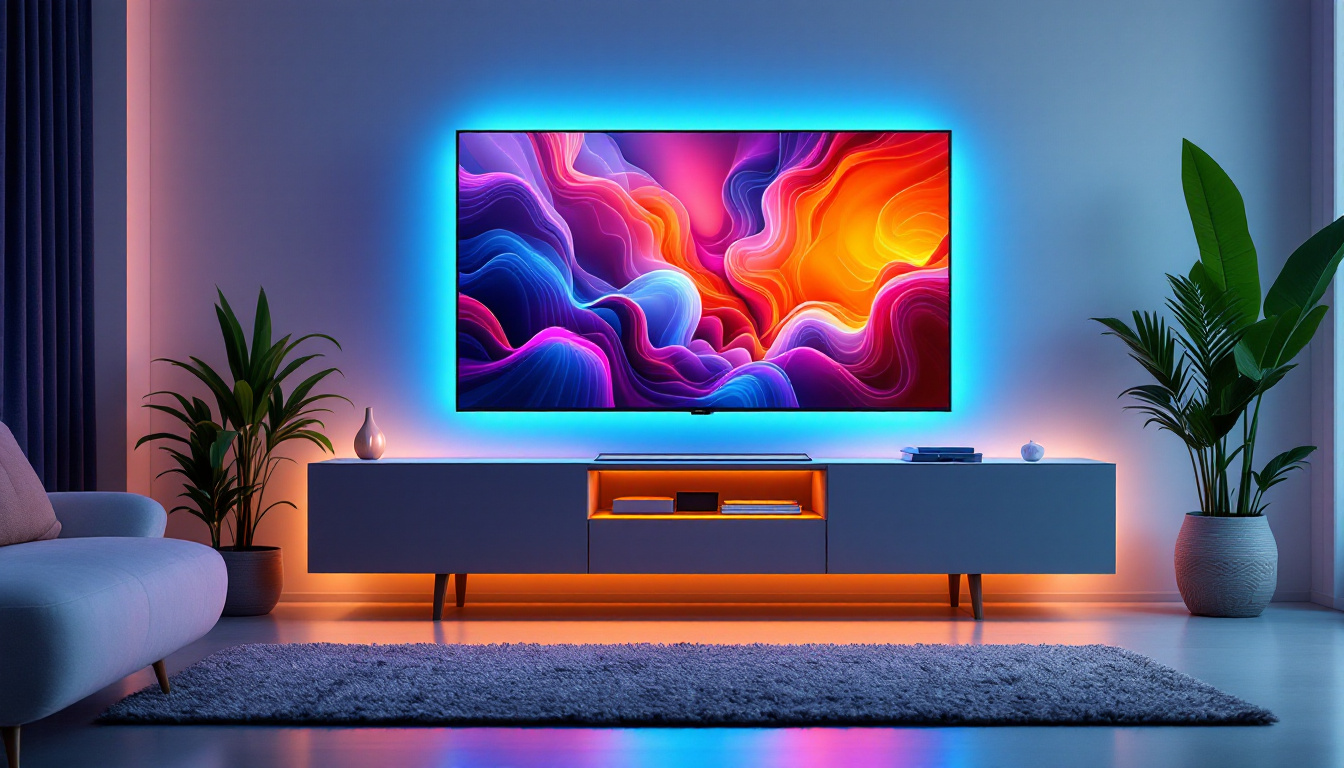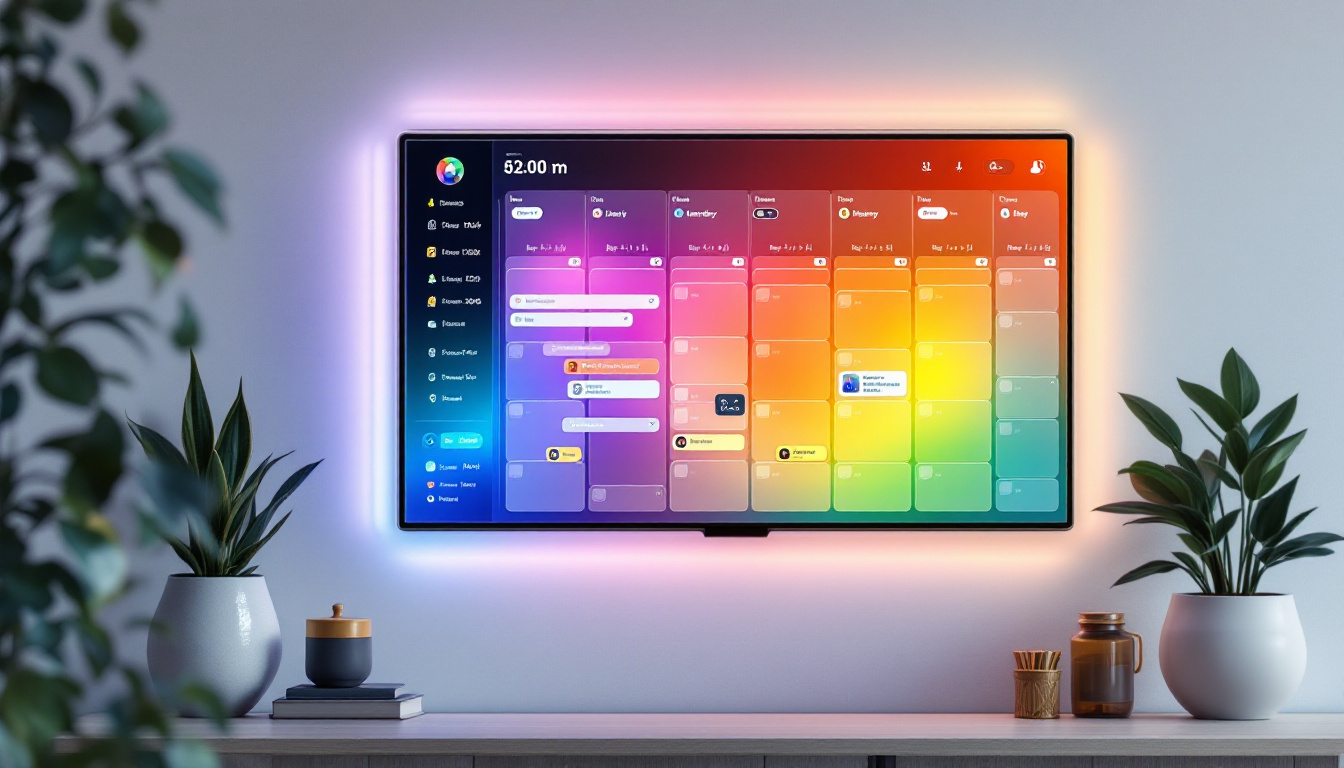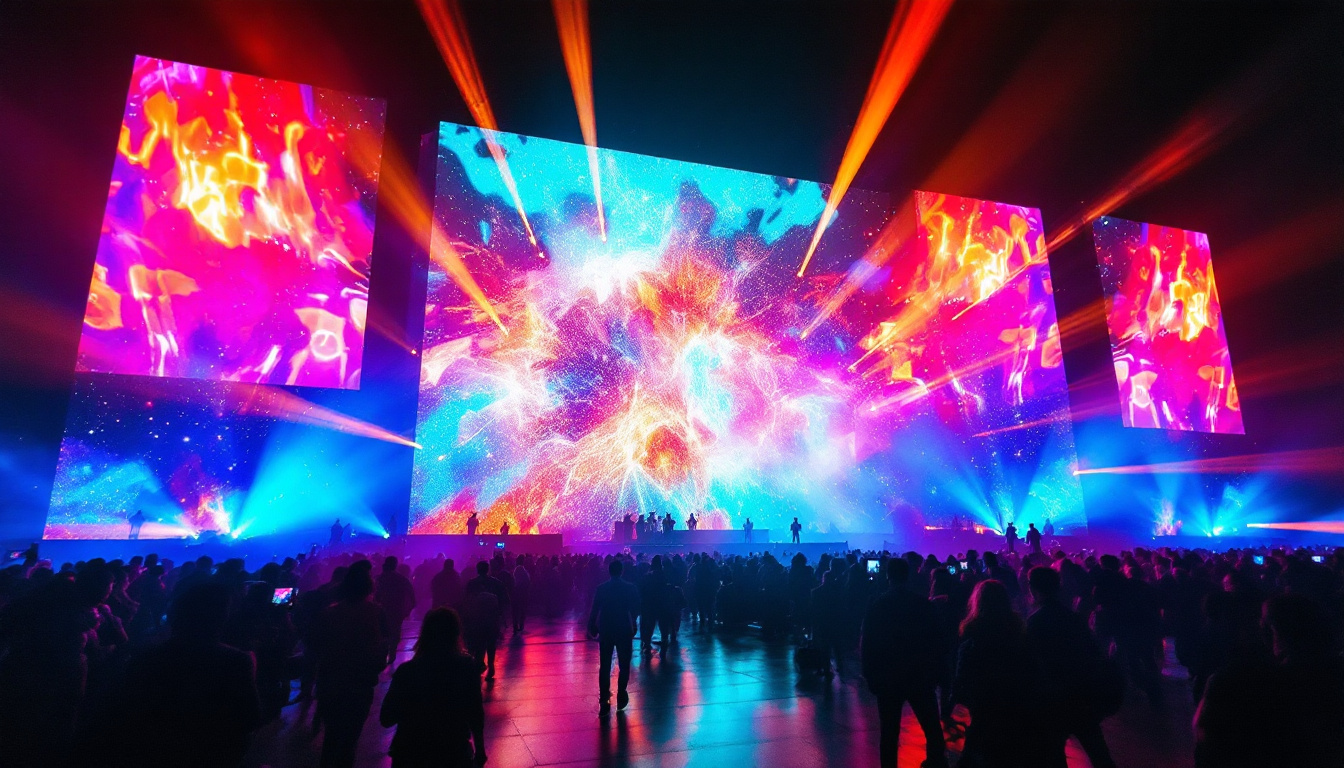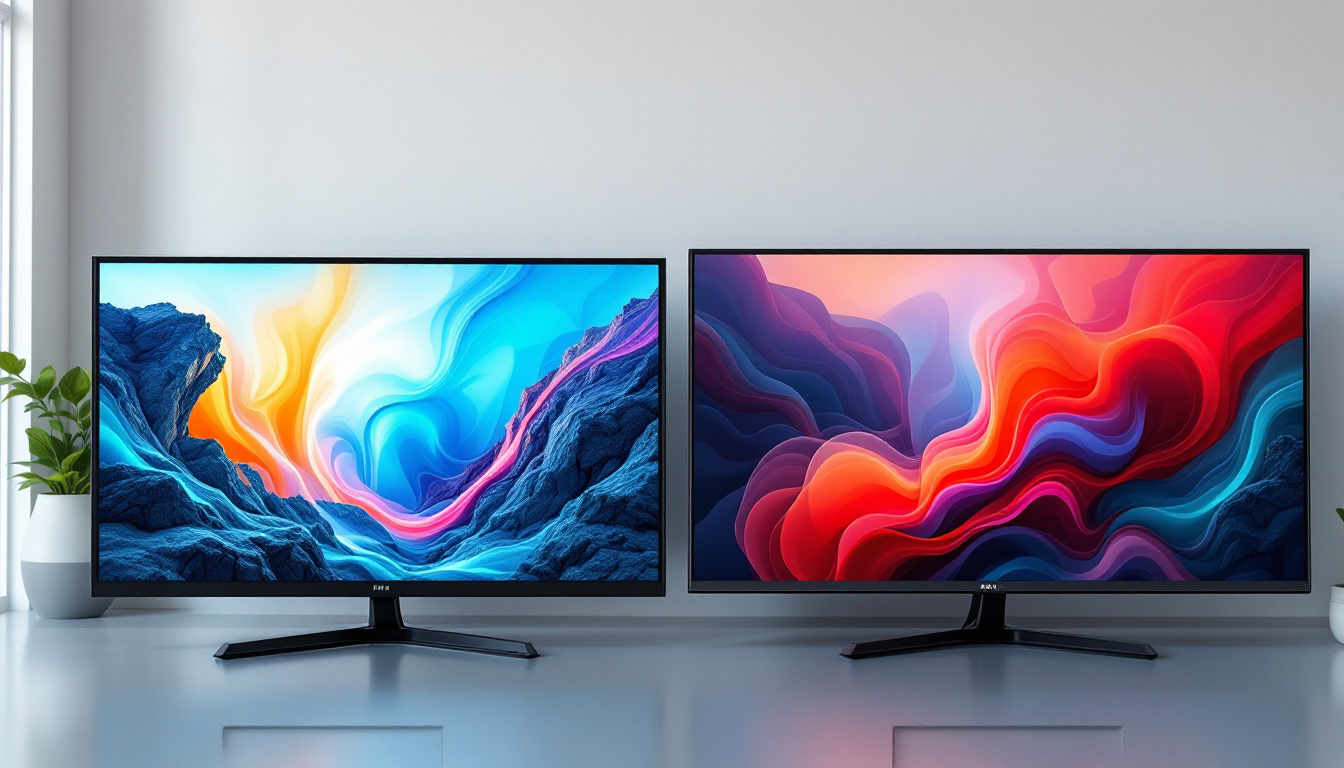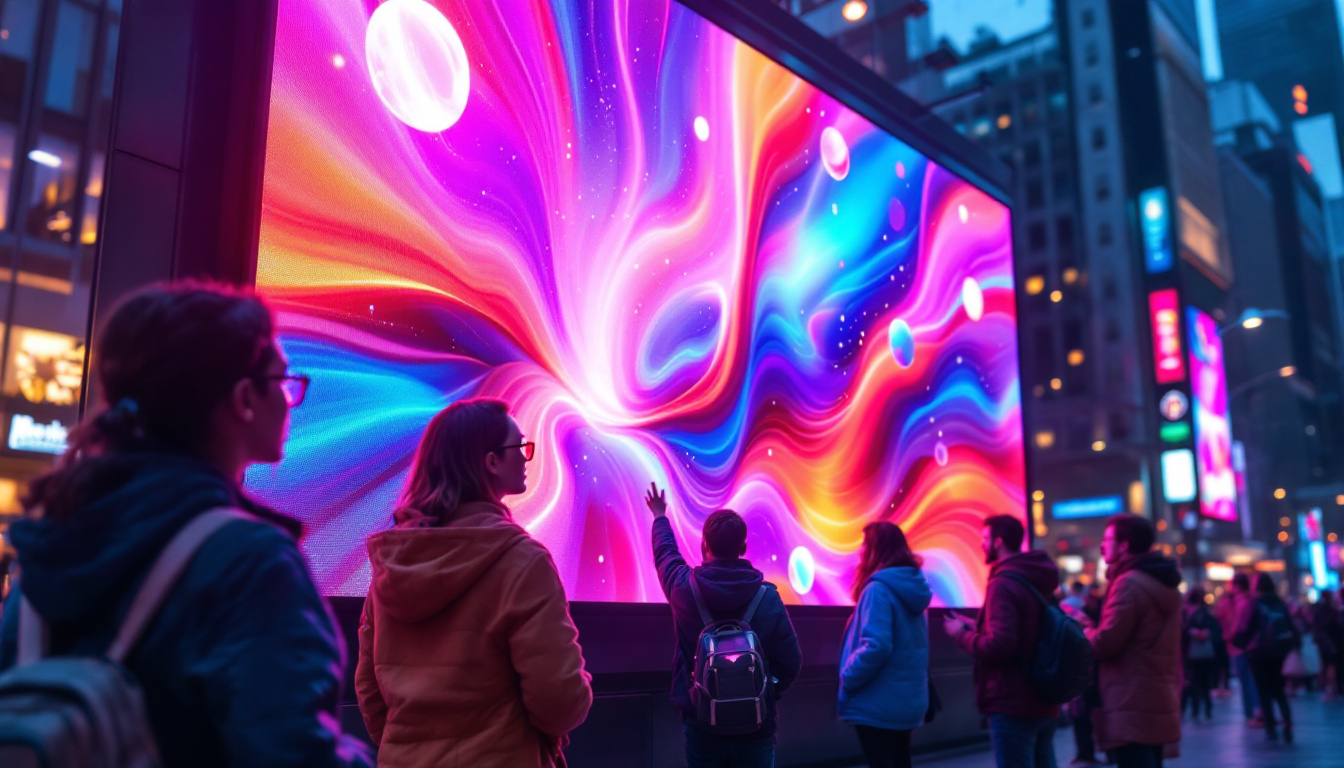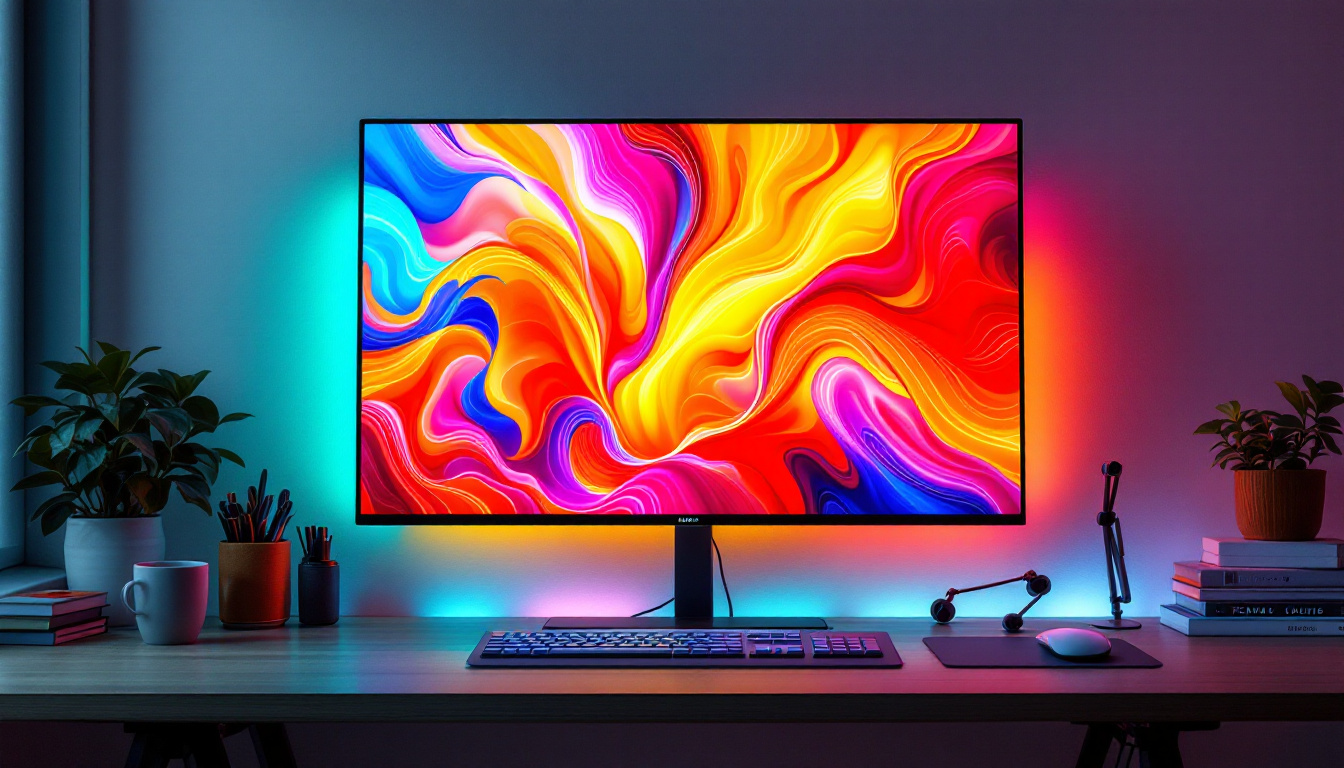In the world of visual technology, LED displays have become a cornerstone for both commercial and personal use. From massive billboards in urban landscapes to sleek monitors on office desks, understanding how these displays work is crucial for anyone looking to invest in or utilize this technology. One of the most critical aspects of LED displays is the relationship between pixels and millimeters, which directly impacts the quality and clarity of the images they produce. This article delves into the intricate details of LED displays, explaining how pixel density, resolution, and physical size come together to create stunning visual experiences.
Understanding LED Displays
LED, or Light Emitting Diode, displays utilize semiconductor technology to produce light. This technology has evolved significantly over the years, leading to a variety of applications ranging from television screens to large-scale advertising boards. The fundamental principle behind LED displays is relatively simple: when an electric current passes through the diode, it emits light. However, the complexity arises when considering how these diodes are arranged and how they interact to form images. The shift from traditional display technologies to LED has not only enhanced visual experiences but also contributed to energy efficiency, making LED displays a preferred choice in modern technology.
One of the most significant advancements in LED technology is the development of smart LED displays, which integrate advanced features such as touch sensitivity and connectivity options. These displays can connect to the internet, allowing for real-time updates and interactivity, which is particularly valuable in advertising and information dissemination. As a result, businesses can engage customers more dynamically, tailoring content based on audience interaction and preferences.
The Components of LED Displays
At the core of an LED display are individual pixels, which are made up of red, green, and blue (RGB) sub-pixels. Each pixel can be turned on or off and adjusted in brightness, allowing for a full spectrum of colors to be displayed. The arrangement of these pixels determines the overall resolution of the display. Higher pixel density typically results in sharper images, making it essential for applications requiring high visual fidelity.
In addition to the pixels, LED displays are composed of various other components, including a driver circuit, a power supply, and a control system. The driver circuit manages the power supplied to the pixels, ensuring that they operate efficiently and produce the desired brightness. The control system processes the incoming video signals and translates them into a format that the display can understand. Furthermore, advancements in thermal management technologies have become crucial in maintaining the longevity and performance of these displays, as excessive heat can lead to reduced efficiency and lifespan.
Types of LED Displays
LED displays come in several types, each suited for different applications. The most common types include:
- Direct View LED: These displays consist of individual LEDs that are arranged to form images directly. They are often used in outdoor advertising and large venues due to their high brightness and visibility.
- LED-backlit LCD: In this configuration, LEDs are used to backlight an LCD panel. This combination allows for improved color accuracy and contrast compared to traditional LCDs.
- Organic LED (OLED): OLED displays use organic compounds that emit light when an electric current is applied. They offer superior color reproduction and contrast ratios, making them popular for high-end televisions and smartphones.
Another emerging type of LED display is the MicroLED, which consists of microscopic LEDs that can be used to create displays with incredible resolution and brightness. MicroLED technology promises to combine the best features of OLED and traditional LED displays, offering higher brightness levels without the risk of burn-in that can affect OLED screens. This technology is still in its infancy but holds great potential for future applications in everything from wearable devices to ultra-large televisions.
Pixel Density and Resolution
Pixel density, often measured in pixels per inch (PPI) or pixels per millimeter (PPM), is a crucial factor in determining the quality of an LED display. Higher pixel density means that more pixels are packed into a given area, resulting in sharper images and finer details. Understanding how pixel density relates to resolution and physical size is essential for selecting the right display for specific needs.
Calculating Pixel Density
To calculate pixel density, one must consider both the resolution of the display and its physical dimensions. The resolution is typically expressed as width x height in pixels. For example, a display with a resolution of 1920×1080 has 1920 pixels horizontally and 1080 pixels vertically.
To find the pixel density in PPI, the following formula can be used:
PPI = √(width² + height²) / diagonal size (in inches)
For instance, a 24-inch monitor with a resolution of 1920×1080 would have a pixel density of approximately 92 PPI. In contrast, a 5-inch smartphone screen with the same resolution would have a much higher pixel density, resulting in a sharper image. This demonstrates the importance of considering both resolution and size when evaluating display quality.
Understanding Millimeters and Pixel Pitch
Pixel pitch is another critical factor in LED displays, referring to the distance between the centers of two adjacent pixels, usually measured in millimeters. A smaller pixel pitch indicates a higher pixel density, which is essential for achieving high-resolution images, especially in close-viewing scenarios.
For example, a display with a pixel pitch of 2.5mm can provide excellent image quality when viewed from a distance of around 2.5 meters. Conversely, a display with a pixel pitch of 10mm may require viewers to stand further away to appreciate the image quality fully. Understanding pixel pitch helps in selecting the right display for specific environments, whether it be a large outdoor screen or a small indoor monitor.
Applications of LED Displays
LED displays have found their way into various sectors, each benefiting from the unique advantages this technology offers. From entertainment to information dissemination, the applications are vast and varied.
Advertising and Marketing
One of the most prominent uses of LED displays is in advertising. digital billboards and signage leverage the high brightness and color vibrancy of LEDs to capture the attention of passersby. These displays can be programmed to show dynamic content, allowing advertisers to change messages quickly and effectively. The ability to target specific audiences based on time of day or location further enhances their effectiveness.
Entertainment and Events
In the entertainment industry, LED displays are ubiquitous. Concerts, sports events, and theater productions utilize large LED screens to enhance the audience experience. These displays can show live feeds, graphics, and animations, creating an immersive environment that engages viewers. The flexibility of LED technology allows for creative staging and dynamic visuals that can adapt to the performance.
Information and Wayfinding
LED displays are also widely used for information dissemination in public spaces. Airports, train stations, and shopping malls employ LED screens to provide real-time information, such as flight schedules, train arrivals, and promotional messages. Their visibility and clarity make them ideal for communicating important information quickly and effectively.
Choosing the Right LED Display
When selecting an LED display, several factors must be considered to ensure that the chosen model meets the specific needs of the application. Understanding the interplay between pixel density, resolution, and size is crucial for making an informed decision.
Assessing Viewing Distance
One of the first considerations when choosing an LED display is the expected viewing distance. For close-range viewing, such as in a conference room or retail environment, a display with a smaller pixel pitch is recommended. This ensures that the image remains sharp and clear even at close proximity. Conversely, for large outdoor displays viewed from a distance, a larger pixel pitch may suffice.
Evaluating Brightness and Color Performance
Brightness is another critical factor, especially for outdoor displays that must compete with ambient light. Measured in nits, higher brightness levels are essential for ensuring visibility in bright environments. Additionally, color performance is vital for applications requiring accurate color reproduction, such as graphic design and photography. The choice of LED technology (e.g., RGB vs. RGBW) can significantly impact color accuracy and vibrancy.
Considering Installation and Maintenance
Installation and maintenance requirements should also be taken into account. Some LED displays are designed for easy installation and maintenance, while others may require specialized knowledge and tools. Understanding the physical space and accessibility for maintenance can help avoid future complications.
The Future of LED Displays
The LED display industry is continuously evolving, with advancements in technology leading to even better performance and versatility. Innovations such as microLED and flexible displays are paving the way for new applications and improved user experiences.
MicroLED Technology
MicroLED technology represents a significant leap forward in display technology. By utilizing microscopic LEDs, this technology allows for higher pixel densities and improved energy efficiency. MicroLED displays can achieve incredible brightness levels and color accuracy, making them ideal for high-end applications such as virtual reality and augmented reality.
Flexible and Transparent Displays
Flexible LED displays are also gaining traction, enabling new design possibilities for architects and designers. These displays can be bent or shaped to fit unconventional spaces, allowing for creative installations that were previously impossible. Transparent LED displays, on the other hand, offer a unique way to blend digital content with the physical environment, creating eye-catching advertising solutions that do not obstruct visibility.
Conclusion
Understanding LED displays, particularly the relationship between pixels and millimeters, is essential for anyone looking to harness the power of this technology. From advertising to entertainment, the applications are vast and varied, each benefiting from the unique characteristics of LED technology. As advancements continue to shape the future of displays, staying informed about these developments will ensure that users can make the most of their visual experiences.
Whether for personal use or business applications, the right LED display can enhance communication, engagement, and overall visual impact. By considering factors such as pixel density, resolution, and viewing distance, one can select the ideal display to meet specific needs and preferences. As the technology continues to evolve, the possibilities for LED displays are virtually limitless, paving the way for a brighter, more vibrant future.
Explore Cutting-Edge LED Displays with LumenMatrix
Ready to elevate your visual experience with the latest in LED display technology? LumenMatrix offers a comprehensive range of innovative solutions tailored to your needs. From Indoor and Outdoor LED Wall Displays to specialized options like Vehicle, Sports, and Floor LED Displays, we have the perfect fit for any application. Our Custom and All-in-One LED Displays, along with LED Transparent Displays, are designed to captivate your audience and amplify your message. Embrace the future of visual communication with LumenMatrix and Check out LumenMatrix LED Display Solutions today to see how we can transform your space into a dynamic visual masterpiece.

